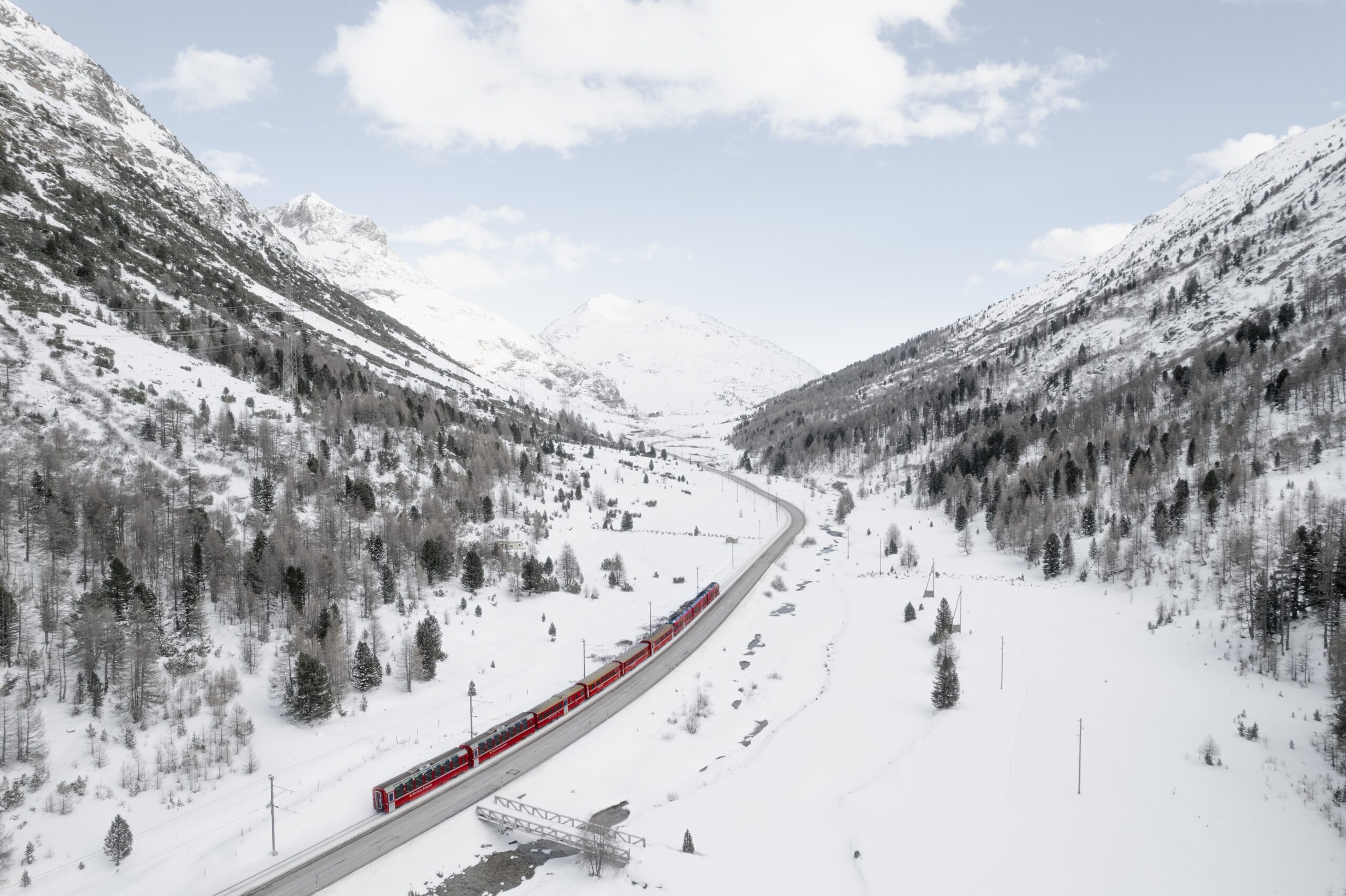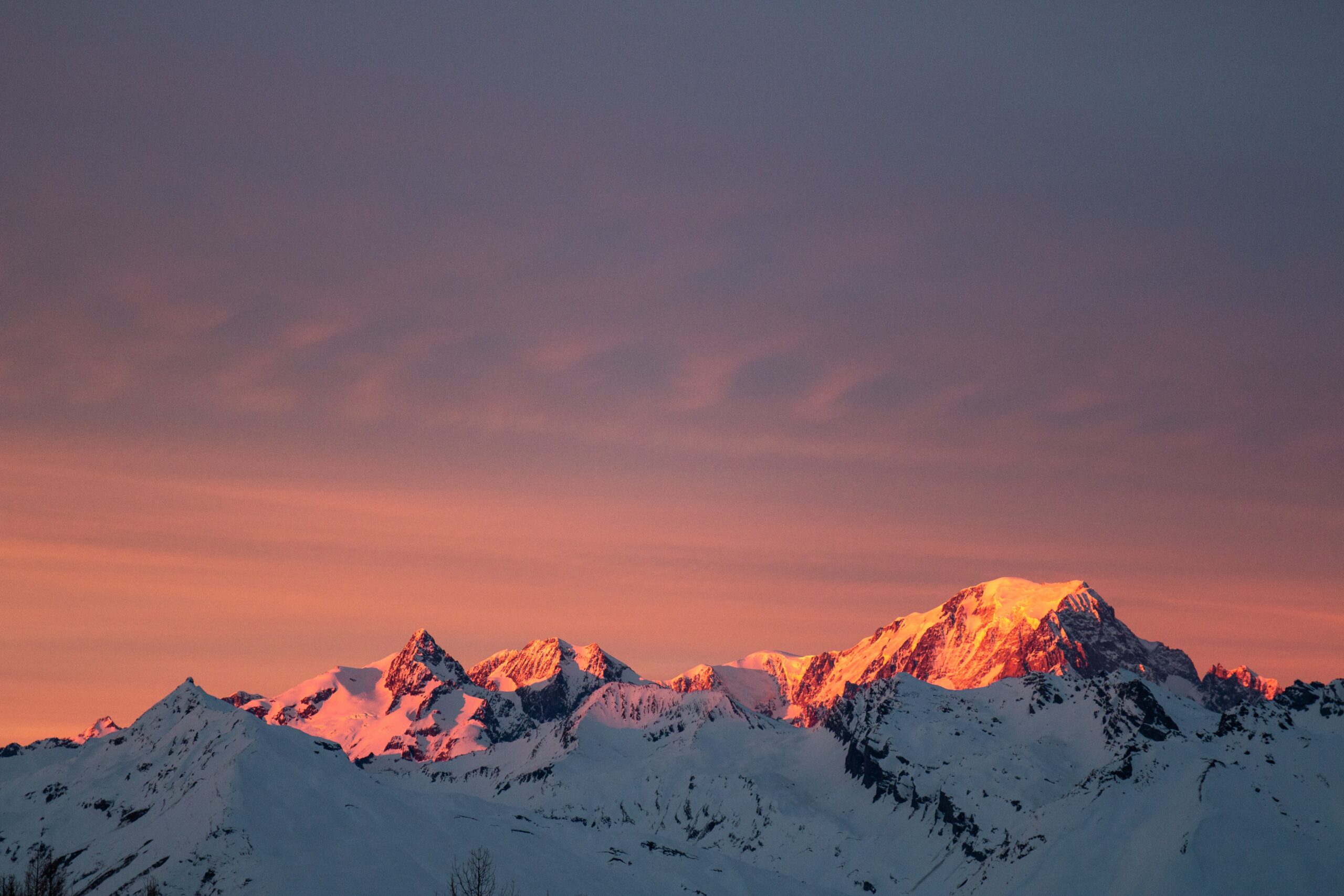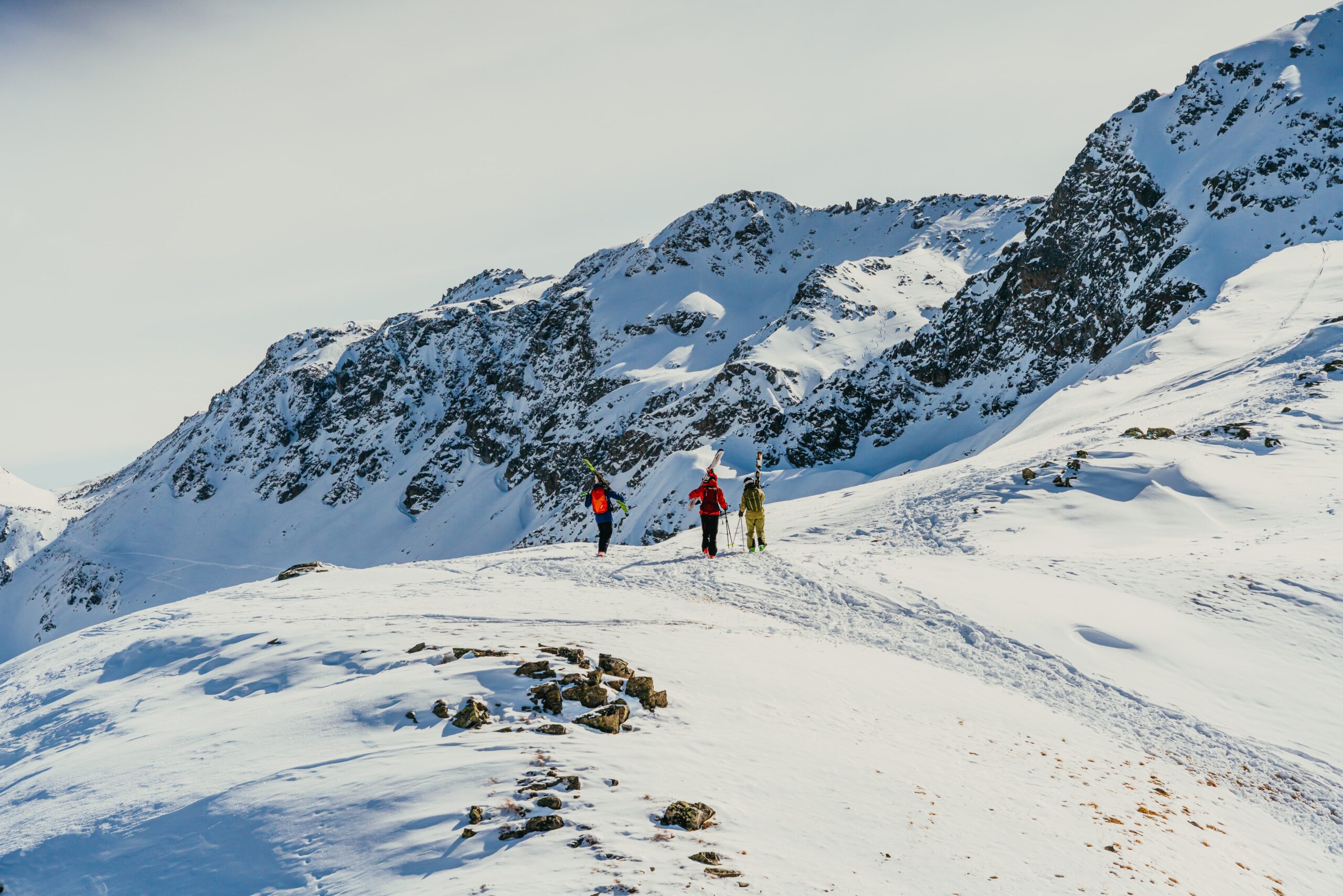Taking the Train to the Slopes in Europe

Are you itching to carve your way through fresh snow in Europe’s slopes but want to ditch the long drives after a transatlantic flight?
Travel booking platform Omio is on a mission to show this winter that the white-knuckle sport and its magical apres scene can be just as accessible by train once you’ve landed in Europe.

With Omio, you can effortlessly compare different transport methods simultaneously. Plus, you can book your tickets within a few taps, promising a stress-free start to your adventure.
Here’s a list of 5 European ski resorts accessible by train – so your journey can be just as seamless and smooth as your snow plough.
1. Les Houches, France
- Whilst Chamonix is the more popular (and pricey) option – Les Houches shares the same Chamonix Mount-Blanc Valley – with the same access to the breathtaking views of Mont Blanc
- Les Houches is a great option for beginner and intermediate skiers who want to build their confidence before rocketing down the slopes.
2. Jasna, Slovakia
- Despite perhaps being the cheapest ski resort in all of Europe, Jansa has over 40km of pistes for you to explore. Plus, there’s a great selection of high-end feeling hotels to choose from – making Jansa a great option if you want a generous bang for your buck.
- Spread out your journey and stop off in Brussels and Vienna, you could even jump off at Slovakia’s capital Bratislava for a few hours.
3. Garmisch-Partenkirchen, Germany
- Head to the Bavarian Alps and the picturesque town of Garmisch-Partenkirchen, accessible by train from Munich.
- This resort is renowned for its ski slopes, including Germany’s highest peak, the Zugspitze, and offers a charming Bavarian atmosphere for a perfect winter getaway.

4. La Plagne, France
- Access the breathtaking La Plagne ski resort in the French Alps via train. Travel from Paris to Aime-la-Plagne, where you can easily transfer to the resort.
- La Plagne is a part of the vast Paradiski ski area, offering diverse slopes and a range of winter activities for all levels of skiers and snowboarders.

5. St. Anton, Austria
- Hop on the Railjet from Vienna to St. Anton, Austria’s cradle of skiing. The Arlberg Express offers easy access to this charming Tyrolean village.
- St. Anton is famous for its ski terrain and lively apres-ski scene. You can even continue your rail journey to explore the wider Arlberg region.
Read A Strange Story on Travel Reader about How to Get Into Algeria as a Tourist
Embarking on a train journey to ski areas in Europe is a captivating experience that combines the thrill of adventure with the scenic beauty of the continent’s diverse landscapes. Europe boasts an extensive and efficient rail network, making it an ideal mode of transportation for those seeking to reach the snowy peaks and picturesque slopes.
One of the key advantages of taking the train to ski destinations is the seamless connectivity it provides. From major cities to remote alpine villages, the European rail network weaves through a tapestry of terrains, ensuring that even the most remote ski resorts are accessible. This interconnectedness not only reduces the environmental impact of travel but also enhances the overall experience by allowing travelers to witness the gradual transition from urban landscapes to snow-covered mountains.

The journey itself becomes an integral part of the ski adventure. Picture yourself nestled comfortably in a train compartment, watching the scenery transform outside your window. As the train traverses through valleys, crosses expansive plains, and climbs mountainous terrain, the anticipation of reaching the snowy wonderland intensifies. Unlike air travel, where the journey is confined to the time spent in the air, a train journey offers a continuous visual feast, building excitement and setting the stage for the winter escapade ahead.
The convenience of carrying ski equipment on a train further elevates the appeal of this mode of transportation. Many European trains are equipped with dedicated storage spaces for skis and snowboards, allowing travelers to bring their gear without the hassle of checking it in or dealing with the constraints of airline baggage policies. This not only saves time and effort but also ensures that enthusiasts can hit the slopes immediately upon arrival.
Moreover, the train journey fosters a sense of community among fellow travelers. Ski enthusiasts from various corners of the world come together in the shared space of a train, creating opportunities for camaraderie and the exchange of tips and experiences. The atmosphere is often festive, with conversations flowing as smoothly as the train glides along the tracks. This communal spirit adds an extra layer of enjoyment to the overall travel experience.
As the train approaches the alpine regions, the excitement reaches its peak. The sight of snow-capped peaks, quaint villages, and frozen lakes from the train window is nothing short of magical. It’s a visual prelude to the adventure awaiting passengers at their final destination. Ski resorts, nestled in the heart of these winter wonderlands, become accessible havens for those seeking the thrill of gliding down pristine slopes.